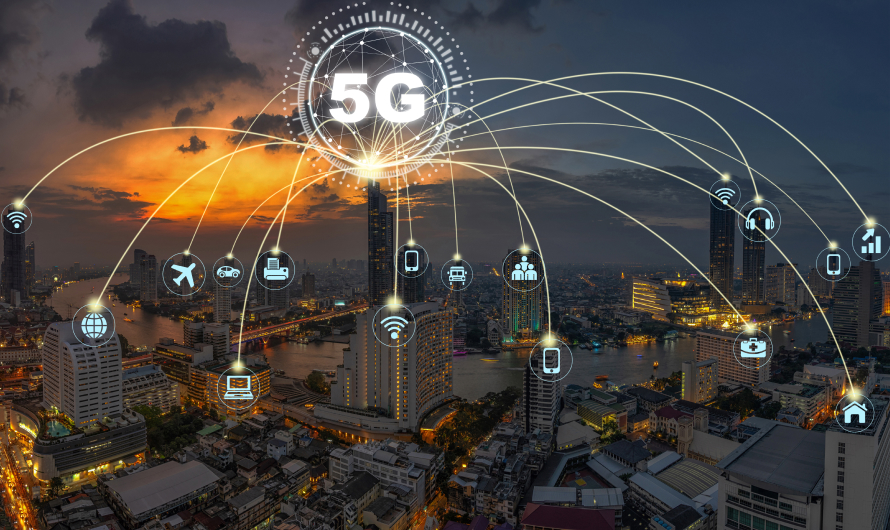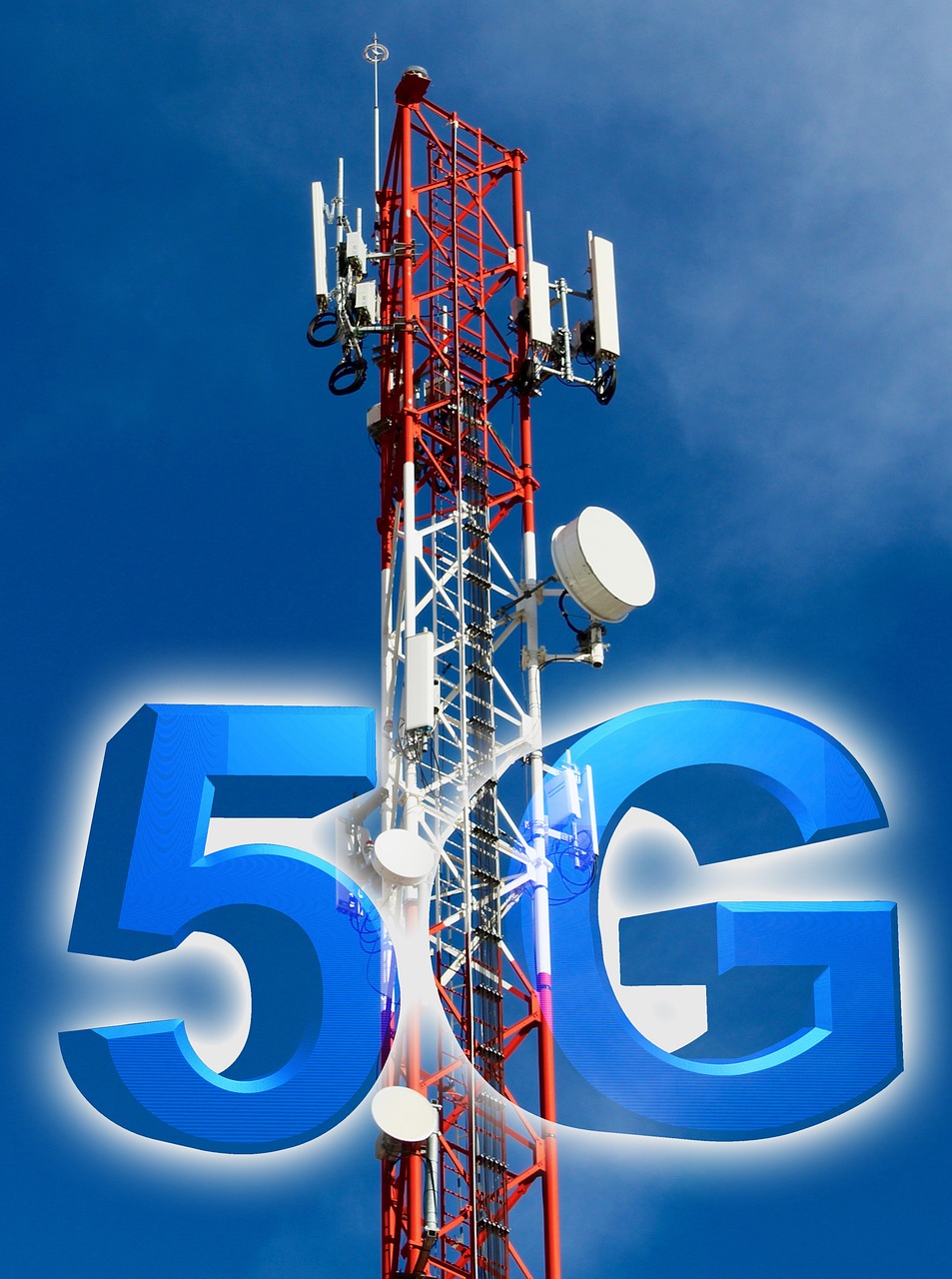Already have an account? Sign In
Don't have an account?
Sign up as a User

5G networks provide significantly faster data speeds compared to previous generations, with the potential for peak speeds of up to 20 Gbps. This means you can download and upload data, stream videos, and use online applications much more quickly...
5G networks have extremely low latency, often as low as 1 millisecond. This low latency is crucial for applications that require real-time responsiveness, such as online gaming, autonomous vehicles, and telemedicine...
5G networks can support a massive number of connected devices simultaneously. This is particularly important for the growing Internet of Things (IoT) ecosystem, where billions of devices can be connected, from smart home appliances to industrial sensors...
5G introduces the concept of network slicing, which allows network operators to create virtual networks tailored to specific use cases. For example, one network slice might be designed for IoT devices with low power requirements, while another might be optimized for high-speed mobile broadband.
5G enables a wide range of applications beyond smartphones. It's the foundation for technologies like augmented reality (AR), virtual reality (VR), smart cities, autonomous vehicles, and more...
5G networks use technologies like Massive Multiple-Input Multiple-Output (MIMO) and beamforming to improve network efficiency and coverage...
5G is gradually rolling out in many parts of the world, and its full deployment will take several years. It's expected to have a profound impact on how we use technology, enabling innovations in various industries and improving our day-to-day connectivity.
It's important to note that the deployment of 5G networks is an ongoing process, and its availability can vary by region and country. The rollout involves building new infrastructure, including small cells and additional base stations, to support the higher frequencies used by 5G...

5G, or fifth-generation wireless technology, is the latest generation of mobile communication standards that succeeds 4G (LTE) and provides faster data speeds, lower latency, and improved connectivity compared to its predecessors. Here are some key features and aspects of 5G technology...